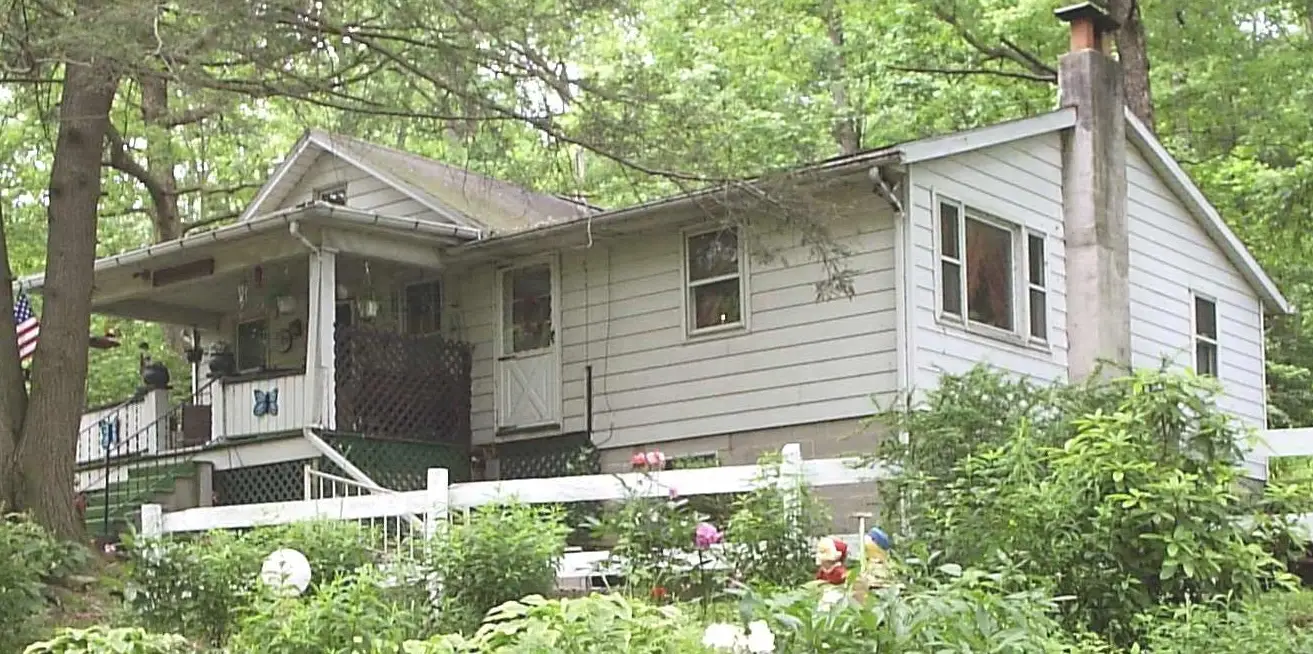Looking For Stories
As a newly retired person, I quickly fell into activities I rarely had time for in my previous years: jigsaw puzzles, an older adults’ workout class, and visiting people. I’ve become a memory collector, gathering stories from folks who have been around far longer than me. Three of my new friends are 99 years old! It’s become a passion for me to hear and record the stories of older people.
Feel free to email me if you know someone filled with nearly a century of amazing stories. I’d love to listen and maybe even share about the amazing folk who have been around longer than most.
Here is one of those stories. Jane Crone has lived an incredible life—humorous, heartbreaking, and inspiring. Let me tell you a few stories about this remarkable lady.
Visiting Jane
Visiting Jane, The Snake Lady, complements her fascinating life and is truly an adventure. My friend Patty (the Christmas tree owner) and I drove along Sugar Run Road, a winding stretch of back roads in Perry County, Pennsylvania, where parts are only wide enough for one vehicle. I wanted to know what to do if I encountered another car in those sections. Worse yet, what if I met a large milk truck while trying to reach Jane’s house?
Narrow throughways weren’t the only challenge. With turn after turn, it was easy to get lost. Then came the geese. They hovered around the yard of a nearby farmhouse, waiting for unsuspecting motorists. Flocking to the road, they blocked progress toward a remote destination. Patty warned me, “Don’t get out of the car. The geese are vicious creatures. Just honk the horn and hope the homeowners come out to shoo them away.”
The Little House
Finally, we arrived at the tiny home on the edge of the woods.
The Little House sits up the hill a bit. A narrow set of cinder block steps leads to the front door. The steep steps are worn and slippery, with some stones broken or crooked. It was easy for me to navigate them, though I held on to the handrails until halfway up, not trusting my wonky sense of balance.
But Jane is blind. She uses these steps often. Now that she can travel by Rabbit, the PA transit system, she can leave the house occasionally. Jane says, “They gave me a hard time at first. They said, ‘You’re blind. You need somebody to do the steps with you.’” Now, the Rabbit drivers know better.
The last time she arrived home on a Rabbit transport, the driver said, “I can’t get off the bus and walk you up those steps.”
Jane told him not to worry about it. “Just take me to the bottom.”
He did.
Jane held the handrails on each side halfway up the steps. However, near the top, the handrails were too far apart to reach. From there, Jane crawled toward her front door. When she stood on the final step, she turned, waved at the driver, and blew him a kiss.
The driver shook his head (Jane can see movement, but not forms) and said, “I don’t believe she did that.”
But that’s Jane. Much of what she does is surprising, sometimes even shocking.
Which is why I’m here. To gather the stories inside this little house.
No Surprises
My friend knocked on the door, but she warned me before entering. “When you come here alone, call out to announce your presence. Tell her your name. Don’t grab hold of her. Jane doesn’t like surprises.” A hard-swinging fist met one visitor who failed to follow this advice.
Once through the tattered screen door, I looked around the entryway. The computer and living rooms are on each side of the front door. Jane has voice recognition software that allows her to access the computer when the internet works.
To the right of the door is the living room, where Jane spends most of her time. It is filled with wall-to-wall mementos: knickknacks, DVDs, figurines, photos and albums, and a big oak wood organ that no longer works.
When Jane moved from Michigan to Pennsylvania, the movers placed the organ in an outside shed that leaked. The rats got into the shed and chewed the bellows and felt padding. Jane’s dad bought the organ from his grandpa’s auction for $12. The organ would cost $1000 to repair. It has real ivory keys. When you open the lid, it says the manufacturer’s name and the date 1870.
My host reminded me never to move anything without putting it back exactly where I found it. Jane’s visually impaired mobility requires that everything be exactly where she remembers. This helps Jane navigate her life and prevents her from tripping over items that weren’t there earlier.
Jane instructs me, “If you wanna know where the rubber bands are, they’re back by the washing machine. It’s a little thing with a lot of drawers. Go to the third drawer over and the third drawer down. That’s rubber bands. Everything has a place in this house. Even the stapler. Picky, picky, picky. No, it’s not picky. It’s just, that’s where it goes.” Jane functions on memory rather than sight.
It’s All Stored Up Here…
And Jane’s memory is more than adequate. When a healthcare worker called to arrange her next doctor’s visit, Jane recited the time and date several times. Writing it down would be pointless; she couldn’t read the words. But it’s safely stored in her memory, an appointment for three months away.
Every item in the room is a memory and, hopefully, a story. But gathering them all could take a lifetime. I don’t have that long. Jane probably doesn’t, either.
When I met Jane, she was 88 years old. Our first visit produced 44 pages of stories about everything from being held at gunpoint to raising kids in a house full of snakes and being fired from the Girl Scouts.
Jane wanted me to write her life story. I’ve tried to explain that I don’t write biographies. I write short stories for a newsletter. Biographies require gathering too many details, getting all the facts straight, and trying not to insult family members. But Jane’s life will make you think and make you laugh.
So this is the place where I’m finding stories: a little house along Memory Lane in the backwoods of south-central Pennsylvania. Watch for more stories about Jane in future newsletters.
Living with Vision Loss: Practical Tips for Safety and Independence



